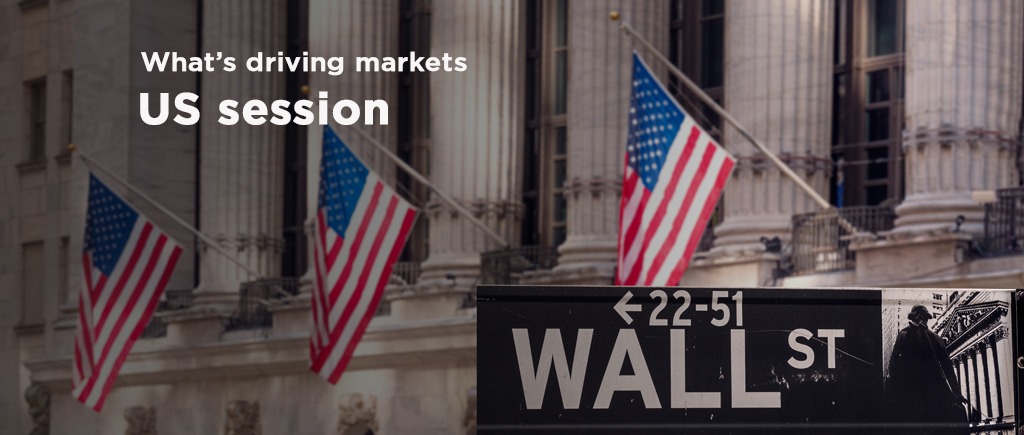The US dollar is reaping the fruit of the hawkish stance adopted by the Fed Chair Jerome Powell, reacting late to the US Fed’s decision.
The dollar soared to fresh weekly highs against most major rival currencies, ending the day with substantial gains amid a risk-averse environment. The dollar rallied since early Asia, as China published discouraging macroeconomic figures.
Economic Data
The US Retail Sales data for November was released on Thursday. The latest reading fell by 5.9% YoY, while Industrial Production in the same period rose by 2.2%, below the 3.6% expected.
Key Developments
On Thursday, The Bank of England, the Switzerland National Bank and the European Central Bank announced their monetary policy decisions. The three banks hiked rates by 50 bps, although they had different impacts on financial markets.
The UK MPC had quite a split vote, as out of the nine MPC members, 2 voted to maintain rates unchanged, 6 for a 50bps hike, and 1 for a 75bps hike. The BoE removed the wording that “policy is not on a pre-set path” and the part on any changes to the “scale, pace and timing” to the bank rate will depend on the outlook. It was a dovish hike, and GBP/USD retreated, now trading at around 1.2280.
It was the turn of the ECB. The central bank delivered as expected. Additionally, Lagarde announced further quantitative tightening through the end of the APP program. The current portfolio will decline at a measured and predictable rate beginning in March 2023, announcing there won’t be reinvestments of maturing securities. The monthly average decline will be €15 billion until the end of the second quarter of 2023.
The Switzerland National Bank also hiked rates by 50 bps to 1%, as expected, but market players ignored it. It is worth adding that Chairman Thomas Jordan noted that further rate hikes could not be ruled out.
Also Read
Gold Price Pressured on Declining Demand
Oil edges lower on QT decisions, global recession concerns
GBP/USD retreats after BoE’s dovish hike
EUR/GBP surges on dovish BoE, hawkish ECB
 Noor Trends News, Technical Analysis, Educational Tools and Recommendations
Noor Trends News, Technical Analysis, Educational Tools and Recommendations





